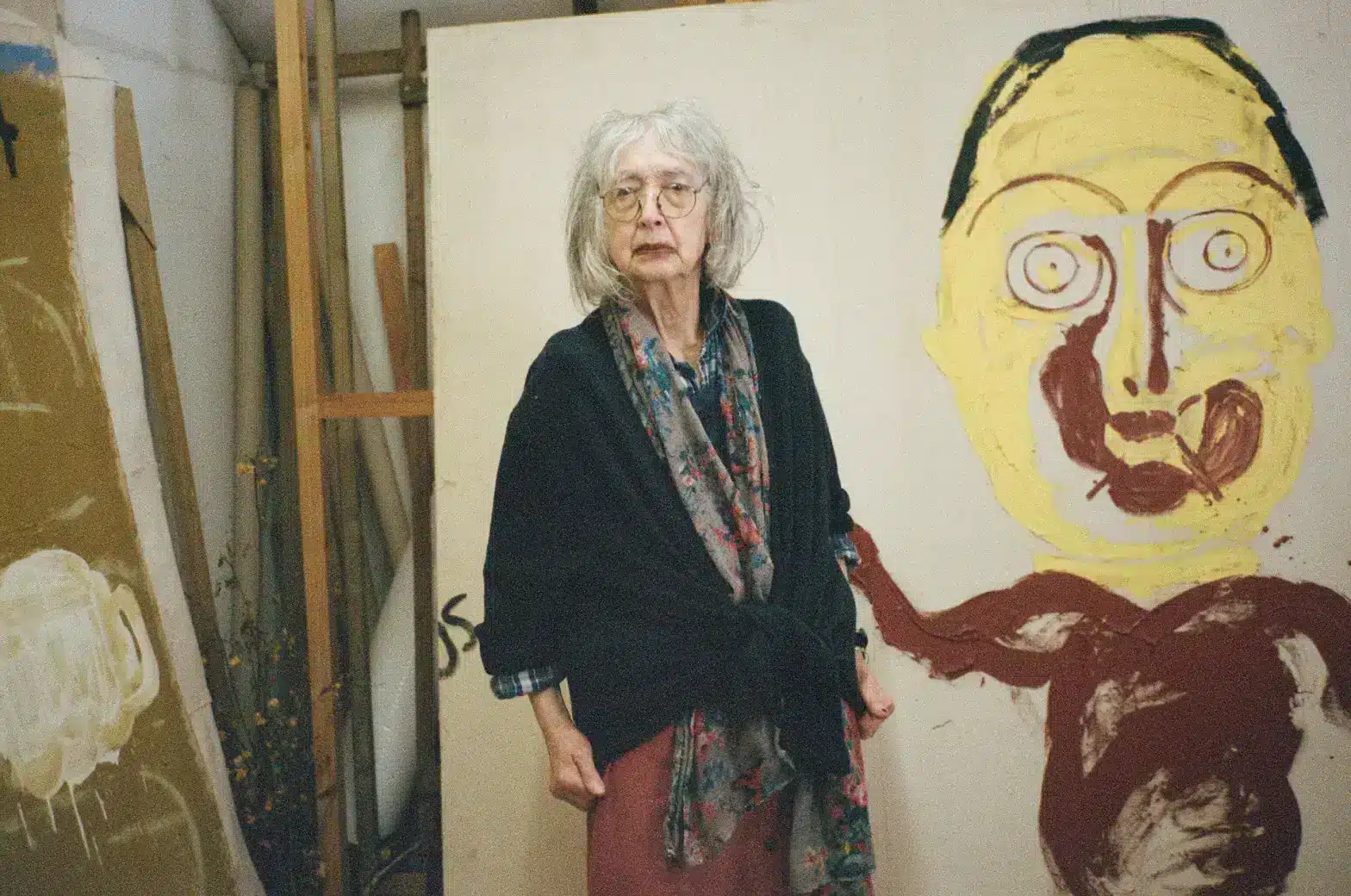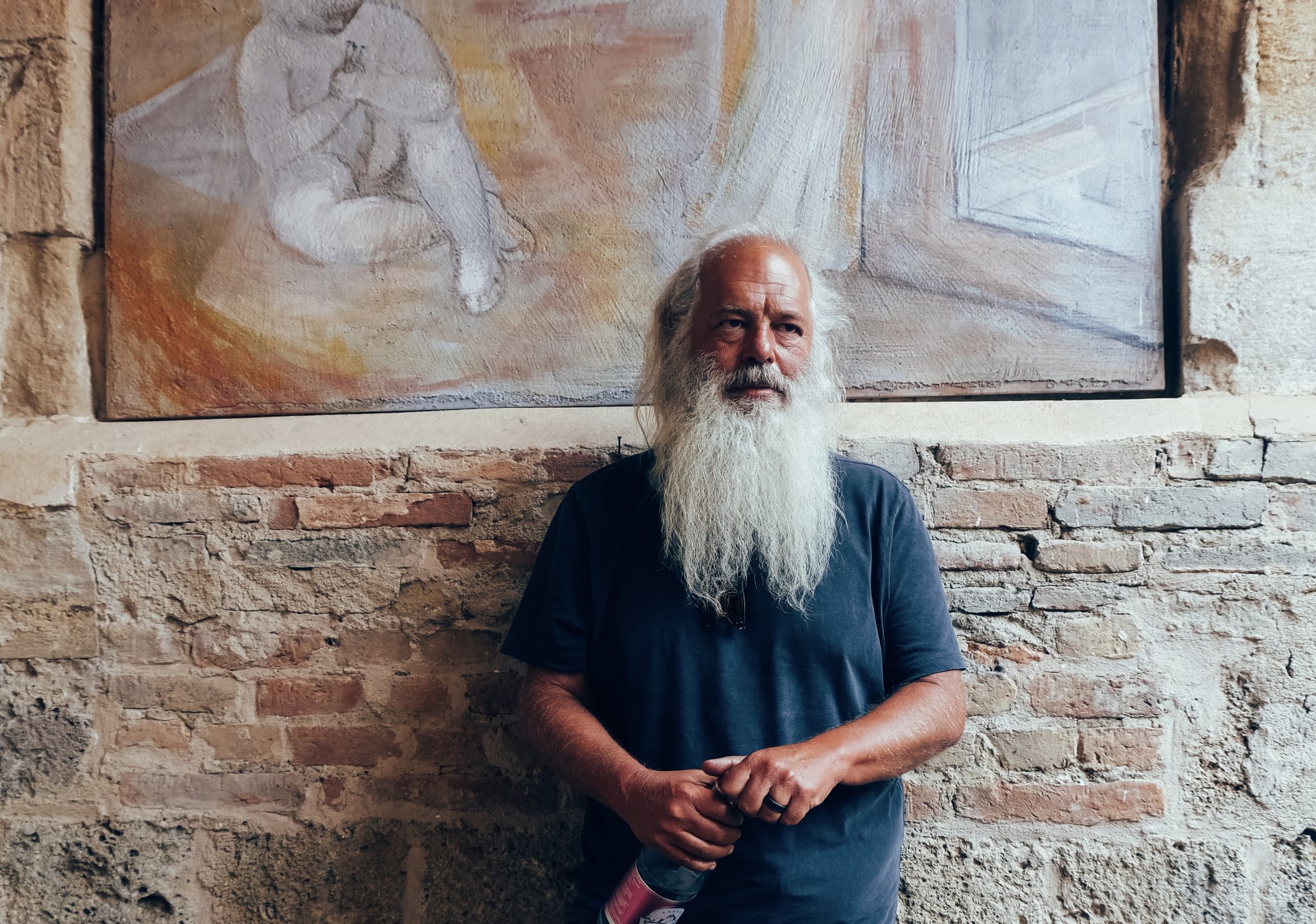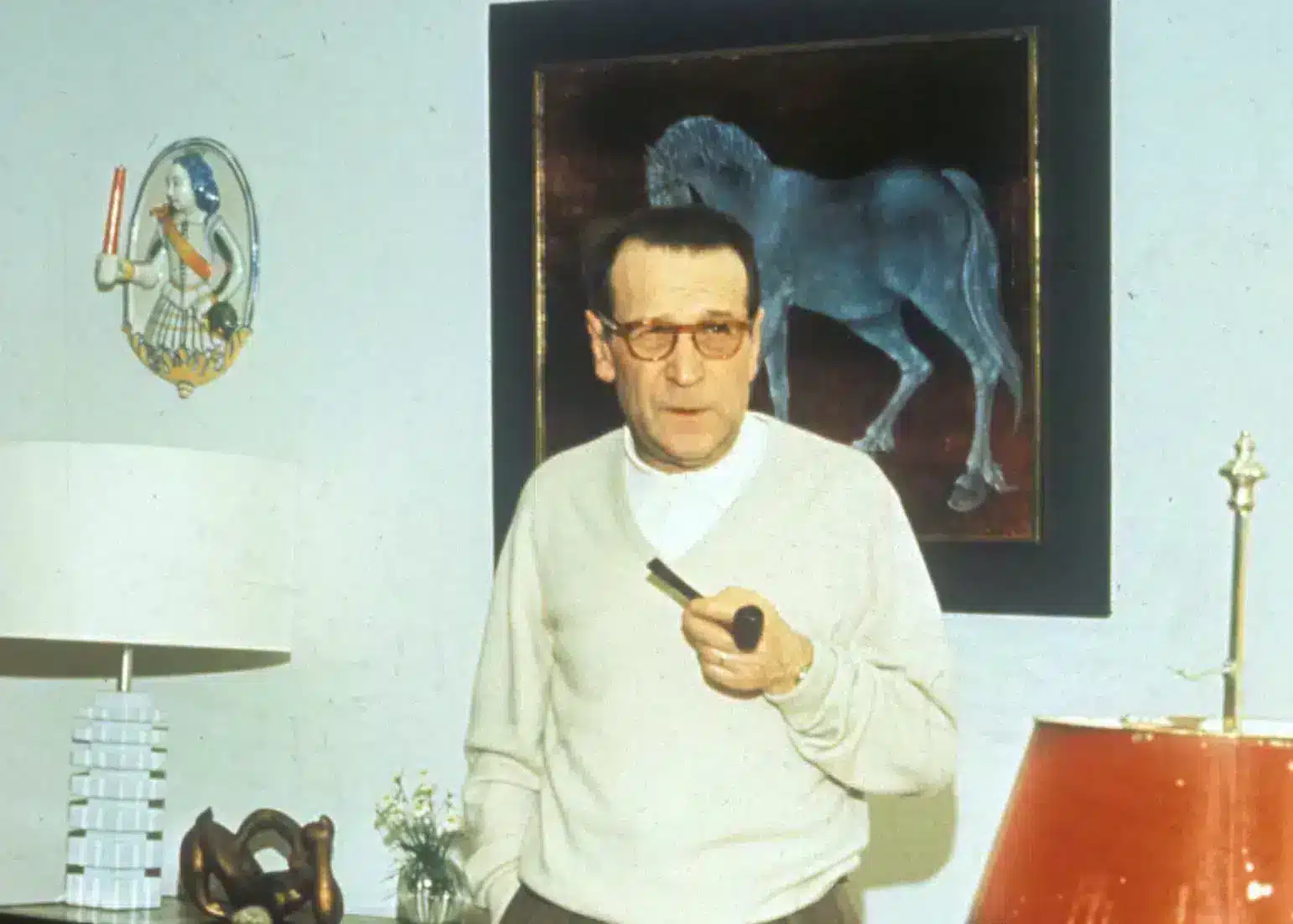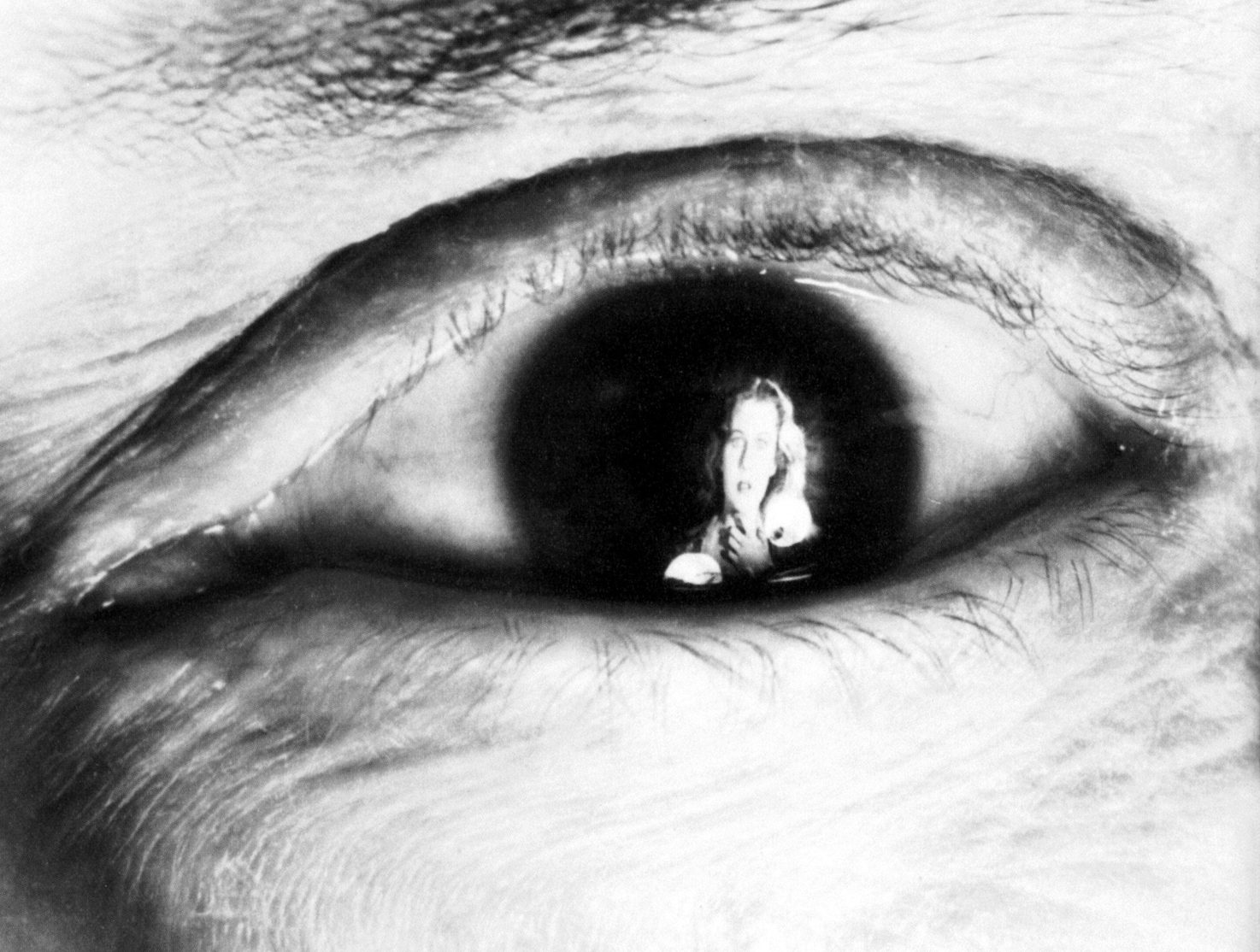
Welcome dear readers from all of us here at Rabbit’s HQ. We could not be more excited to introduce you to this special Film Noir issue celebrating our second year of publishing A Rabbit’s Foot. Launching at the Cannes Film Festival, this is also the first time we have a celebrated artist, Nadia Lee Cohen, shooting our cover. Nadia is the perfect artist muse for the film noir theme that we investigate within these pages. She is a captivating young woman of enormous talent, energy, and beauty. It goes without saying that film noir must contain mystery, discovery, and naturally: a femme fatale. I am personally such a fan of the genre that I actually wrote and directed a film noir called Where Sleeping Dogs Lie (1991) which starred Dylan McDermott, Sharon Stone and Tom Sizemore.
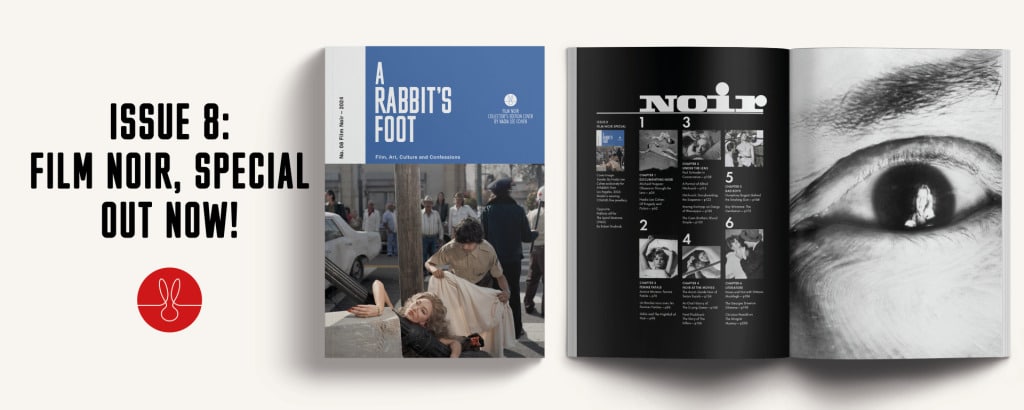
I am quite proud of it, and even though I ran out of money halfway through filming, it remains one of my most cherished creative experiences. Take a look. In this issue, we celebrate both masters of the screen and masters of still photography. Michael Hoppen, the great gallerist—who we are lucky to call our photographic expert—writes on Weegee, Nobuyoshi Araki and Enrique Metinides and has made it possible for us to print some of the most powerful work from these artists.
Films and filmmakers that make noir their theme often embrace the complexity of the twists and turns of dark characters, flawed characters we sometimes love, and often describe their descent into the noir theme as intoxicating.
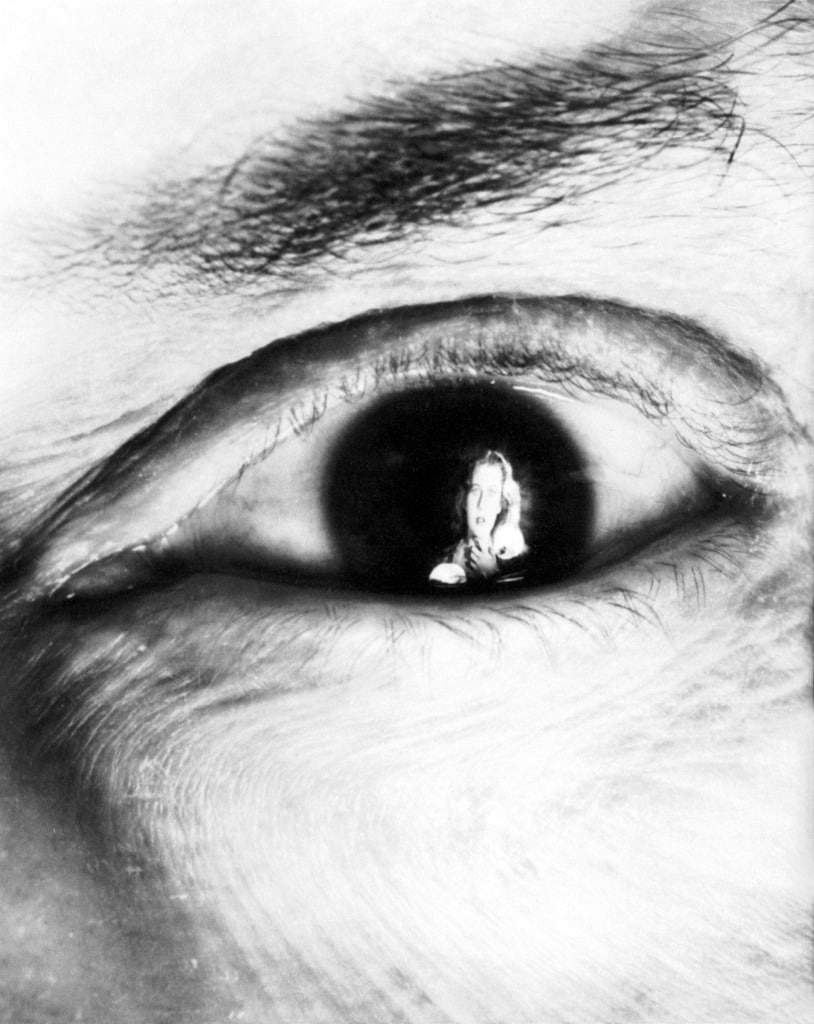
Hitchcock appears in these pages with his storyboards. None was more a master of this form of cinema than he was. We also explore Gilda, Charles Vidor’s masterpiece, which Columbia Pictures made in 1946 and restored this year to celebrate their centenary. The film, starring Glenn Ford and Rita Hayworth, won numerous awards and shaped future films of its kind. It defined the femme fatale, which we also highlight here. Films like Sunset Boulevard (1950), The Killers (1946), and Double Indemnity (1944), stand as remarkable human studies. In our literary section, we introduce you all again to the work of Georges Simenon who published 75 Maigret novels, which if you have not read, you must. Kitty Grady, our Digital Editor, visited France to interview the author Ottessa Moshfegh in her Paris lair. Chris Cotonou, my long suffering, globetrotting Deputy Editor spent the morning with Ray Winstone in a budding bromance born of their mutual cockney youth. We are honoured to have interviewed the master Paul Schrader, who we will also honour at our annual Cannes Film Festival dinner. Schrader, known of course for Taxi Driver (1976) and American Gigolo (1980), has his film Oh! Canada (2024) premiering at this year’s festival.
In keeping with the theme of mystery, I am going to be brief and let you pass into the discovery of these pages. In this issue, there is a single strange word. We have made this word up. If you find and guess its meaning correctly, we will buy you a case of champagne.
